“There’s no such thing as the perfect happily ever after; someone always loses”: An Interview with Cressida Peever, writer of Red Palace
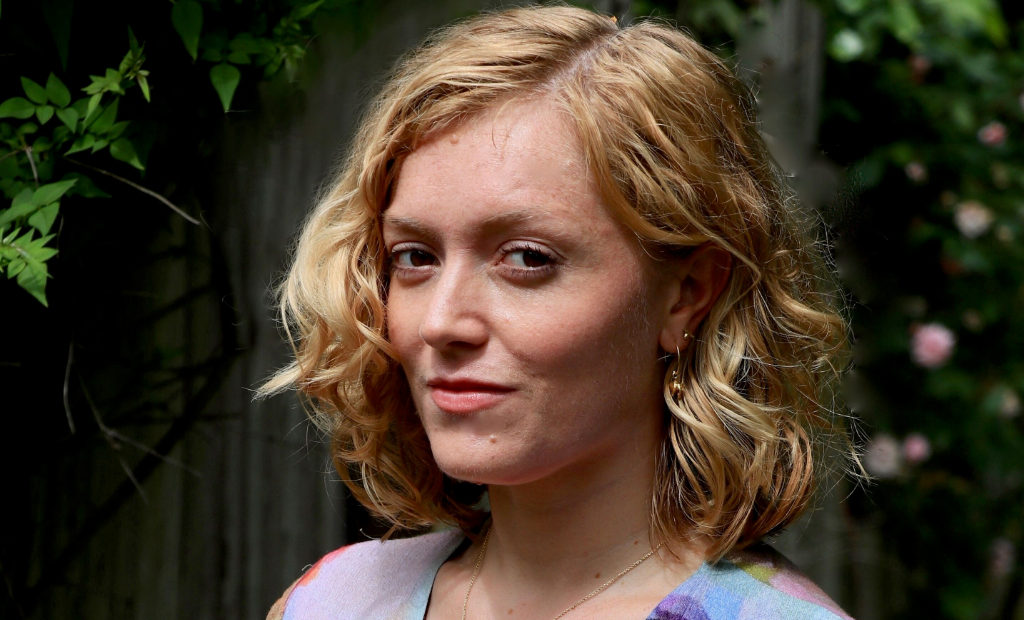
Red Palace is a new, immersive cabaret experience bringing an ensemble of classic fairy tale characters to life as they step off the pages of their storybooks and enter a mysterious Gothic masquerade celebrating freedom and pleasure. Performed at the alternative arts theatre, The Vaults, this risqué show features a cast entirely made up of women and non-binary performers from the Shotgun Carousel performance collective.
We caught up with Cressida Peever, writer of Red Palace, to talk about the show’s unexpected twists, groundbreaking storytelling techniques and the impact she hopes it will make on audience members.
What inspired you to create Red Palace?
It’s been a long-time dream of our wonderful creative producer, Laura Drake Chambers, to produce a masquerade ball, and from that ambition, we quickly hit upon Edgar Allen Poe’s short story The Masque of the Red Death as a starting point for our creation. Poe’s story gives the reader a glimpse of a gothic kingdom, with the story itself leaving plenty of room for Laura, Celine (Lowenthal, director) and myself to create new characters and plot-lines within Poe’s premise: the prince is trying to escape death by throwing a massive party.
As part of this, I was particularly inspired to explore the ideas of otherness and inclusion. Poe’s prince invited only the nobles to his party, leaving the rest of his subjects to be killed by the plague outside. I was struck by the challenge of transposing this into a contemporary context in the hope of testing the audience’s boundaries and perceptions.
What should we expect from Red Palace?
You can expect to find yourself at a masquerade ball, where you’ll meet the all-powerful prince. He’ll let you into his palace in return for your loyalty and protection. Expect egos and spectacle and drama. Expect to meet some familiar characters and hear their stories told in different ways. Expect mystery and intrigue. Expect to have to choose what happens next, and to get out what you put in.
How does the immersive experience come to life in this production?
From the beginning we wanted to create a show that was as focused on our audience as Divine Proportions (our previous production), because we learnt that the more we involved our audience, the more invested they were in the experience and the more they enjoyed the show. And for us, that meant giving our audience a specific role that makes them inextricable from the performance each night. By casting our audience as guests at the prince’s ball we immerse them at the very centre of the production, as they’re ultimately responsible for whether the prince will achieve his aim of escaping death. His life is quite literally in our audience’s hands. Partying alongside them are ten characters from the prince’s kingdom who share their stories and help (or hinder…) the audience as they navigate the good and evil existing within the palace. We want to achieve the perfect balance of making our audience feel like characters, whilst still curating the experience for them.
The show puts a new twist on classic fairy tales. Why did you choose characters like Snow White, Gretel and the Big Bad Wolf to tell this story?
It was important not only that our ten characters were at home in this bizarre and magical world we were creating, but that we also had a spread of personality types that our audience could recognise and relate to. We researched a huge number of characters from fairy tales, folk tales, myth and legend, and settled on a group that we could make distinctive, visually striking and who would each progress the story with their own unique view on the world. In every instance, we interrogated the traditional characteristics and backstory of these existing characters. For example, Snow White, who is typically a victim of the jealousy of others, becomes in our version a victim only of her own vanity; an effervescent material girl you’ll love to hate. Likewise, the Big Bad Wolf is reimagined as a kind and gentle soul hiding beneath a veil of toxic masculinity. My ambition was to create characters that would be compelling in their own way even without their fairy tale filter, and then use the well-known elements of their stories to play with the audience’s expectations.
What does a fairy tale ending mean to you?
Someone learns something. In some examples, they learn that if they are hard-working and aspirational they can rise out of the circumstances they were born into. In others, they learn that being selfish can lead to having your feet amputated. And there’s no such thing as the perfect happily ever after; someone always loses.
It seems that this show breaks convention in a lot of different ways. How did you develop and experiment with your storytelling techniques?
I had to experiment a lot with the way the story unfolds. It’s a free-roaming show, so the audience can experience the scenes in any order they want, meaning they have to make sense in any order they’re viewed. Even more difficult is creating a build-up of energy that will drive the audience into the finale, regardless of their path through the content. The result is that each scene offers pieces of the puzzle, which fit together to build the bigger picture, and each scene becomes intensified as the night goes on. I also had to accept that some audience members won’t choose to see as much as others and so have had to ensure that the interactions they do have will be of a high quality and make sense in isolation.
This show explores the relationship between power and duplicity. Why was it important for you to depict these themes?
It’s a timeless narrative that everyone recognises, and our choice of depicting a prince meant it needed to be addressed. Whether it’s fictional rulers dreamt up centuries ago, or very real politicians pedalling fake news today, we’ve almost come to expect that power equals deceit. And yet we have to place our trust and hope in someone to make the world keep moving – both the real world, and the world of the show! Alongside our magical setting, it was important to root the show’s themes in contemporary ideologies to make the experience meaningful beyond the spectacle of the evening.
It’s remarkable that Red Palace will feature an all femme and non-binary cast. How has your experience been collaborating with Shotgun Carousel?
Collaborating with Shotgun expands my imagination in more ways than just the work itself, because Shotgun’s approach strives continually for a more inclusive and empowered industry – and world. The Shotgun community is both ambitious and deeply nurturing; I’ve never once been nervous to share work or my opinion because I’m always met with respect and challenged in a supportive way. It’s incredible. Everyone should work this way. And I wish it wasn’t quite so remarkable.
What are you most excited about seeing Red Palace staged at The Vaults?
The Vaults is the perfect home for Red Palace because of its dark corners and secret passageways – some yet to be built! Because we were creating a show for the space, we were able to have conversations the whole way through about its capabilities: can we put a door here? Is there a way of moving people from this room to that one without being seen? How do we bring a forest inside? And the space offers up its own challenges too, which I enjoy trying to solve. Like how do we incorporate the noise of the trains? Or what reason can we give for the dampness in an otherwise luxurious palace? I love that the finished product will require the audience’s imagination as much as my own to truly transport them.
What do you hope people take away from seeing Red Palace?
I want people to interrogate their unconscious bias and actively make room for others where they can. Because if you will go out of your way to help a mermaid, there should be nothing stopping you helping your fellow humans.
Lora Maslenitsyna
Red Palace is at The Vaults from 2nd October 2019 until 12th January 2020. For further information or to book visit the theatre’s website here.

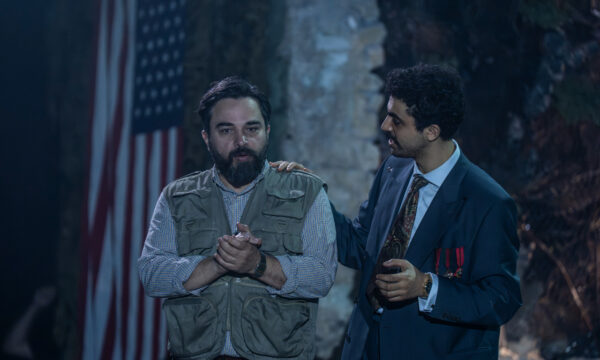

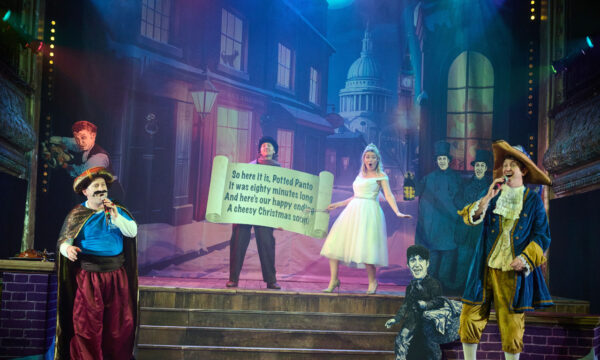

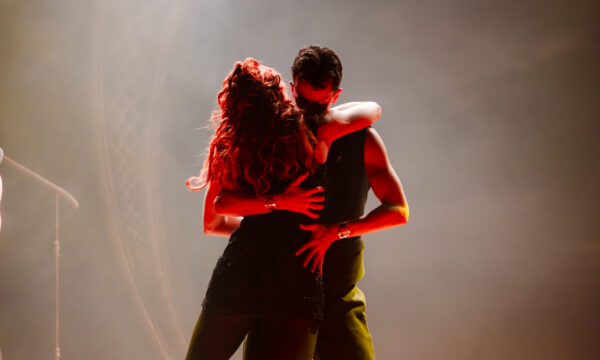

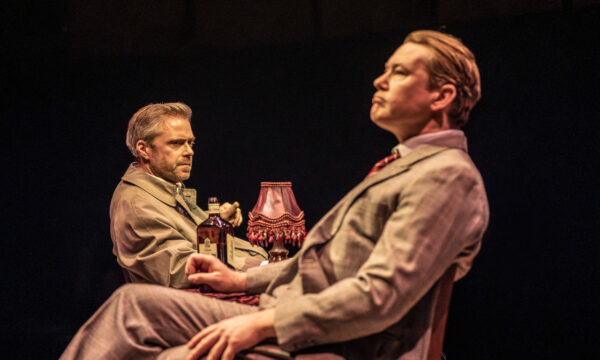





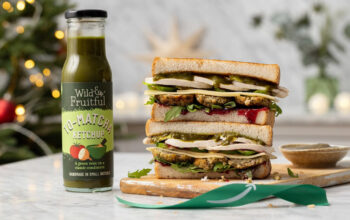

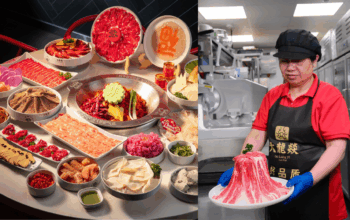

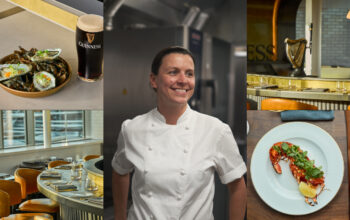
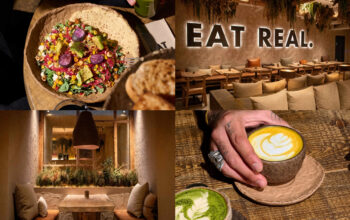


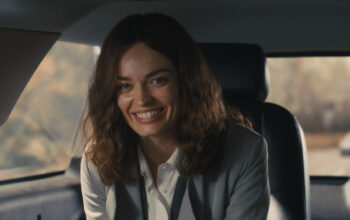



Facebook
Twitter
Instagram
YouTube
RSS